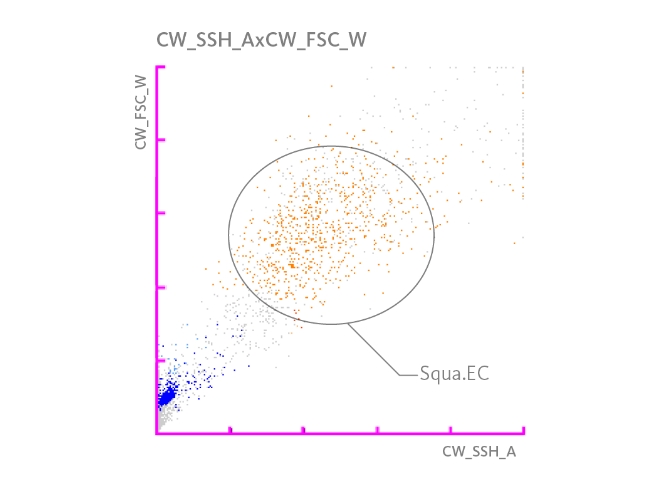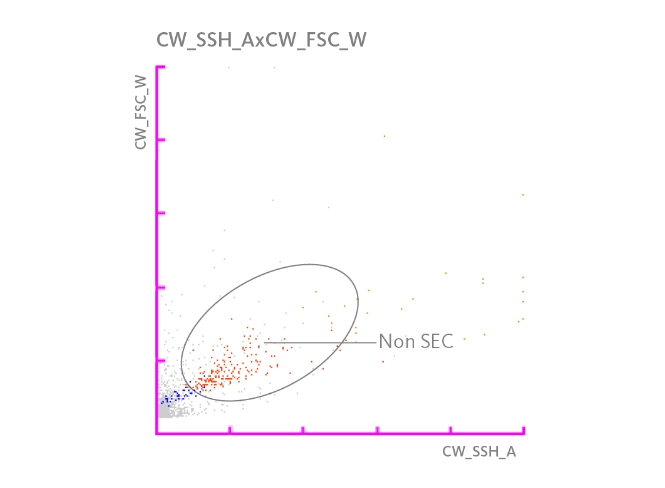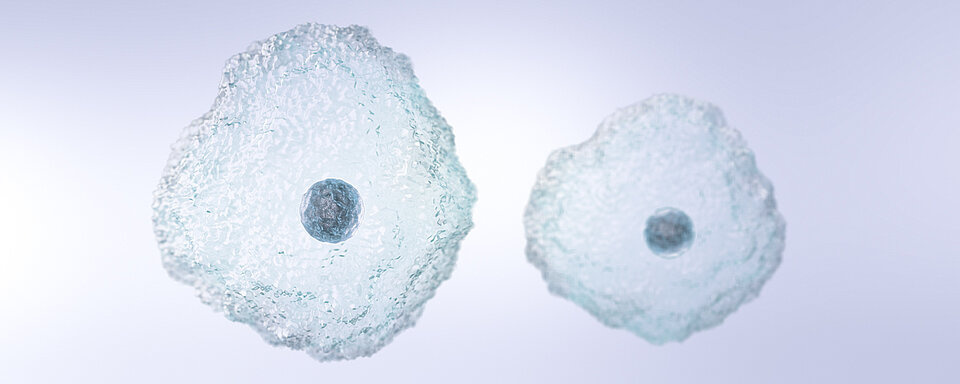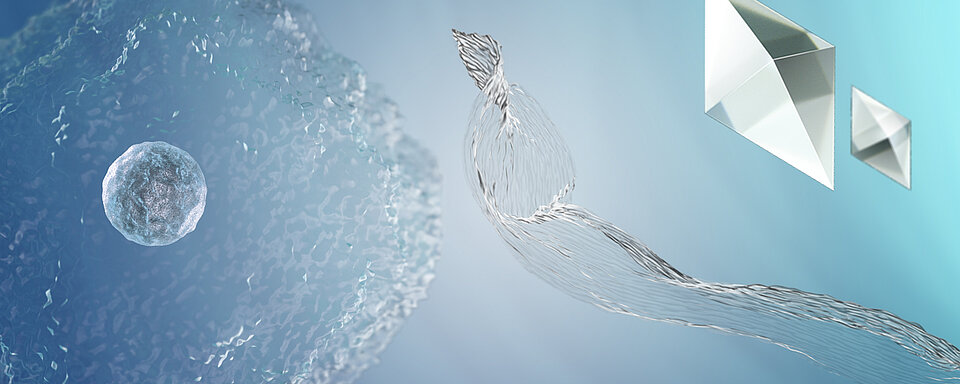Epithelial cells
Epithelial cells are cells that come from surfaces of our body, such as our skin. In a healthy individual, a small number of epithelial cells can be present in the urine. However, an increased number of epithelial cells in the urine can be a sign of inflammation or infection in the urinary tract. The presence of epithelial cells in the urine can also indicate damage to the urinary tract, such as from trauma or surgery.
There are three types of epithelial cells that can be found in urine:
- Squamous epithelial cells: These are flat, scale-like cells that are typically found in the urinary tract and are shed into the urine. They come from the vagina and urethra and are the most common cells found in female urine.
- Transitional epithelial cells: These are cells that are found in the lining of the bladder and are capable of stretching to accommodate the filling and emptying of the bladder. They are more common in male urine as they can come from anywhere between the male urethra and renal pelvis.
- Renal epithelial cells: These are cells that are found in the renal tubules of the kidneys and are involved in the process of filtering the blood to remove waste products. Increased numbers of these cells can indicate a kidney disorder.
Squamous epithelial cells (Squa.EC)
Squamous epithelial cells are 20-100 µm in diameter, of multi-edged or rounded shape with a central or slightly off-centre nucleus, depending on their superficial, intermediate or deep layer position within the epithelium. Squa.EC form the urothelium of the urethra, vulva and reproductive system. The presence of Squa.EC in urine can indicate urethritis or injury through lithiasis or catheterisation. In many cases, it can be considered as a contamination.

Non-squamous epithelial cells (Non SEC)
Non-squamous epithelial cells are 15-30 µm in diameter, of angular shape with a central or slightly off-centred nucleus. Non SEC cover the epithelium of the urethra, the prostate gland and uterine cervix. Non SEC can indicate urethritis and mechanical injury, but can also be a side effect of menstruation.

Transitional epithelial cells (Tran.EC)
Transitional epithelial cells are 15-150 µm in diameter, of polygonal, angular shape with a central or slightly off-centre nucleus, depending on their superficial, intermediate or deep layer position within the epithelium. Tran.EC form the multi-layered urothelium, covering the renal pelvis, kidney calyx, ureter, bladder and urethra. The presence of Tran.EC in urine can point to inflammation, malignancy, or injury through lithiasis or catheterisation.
Renal tubular epithelial cells (RTEC)
Renal tubular epithelial cells are 10-30 µm in diameter and appear in various shapes with an eccentric nucleus. RTECs comprise the monolayer epithelium, lining the proximal renal tubule, the loop of Henle, the distal renal tubule, the collecting ducts and the renal papilla. RTECs can indicate kidney damage or upper urinary tract infections in context of bacteriuria.

